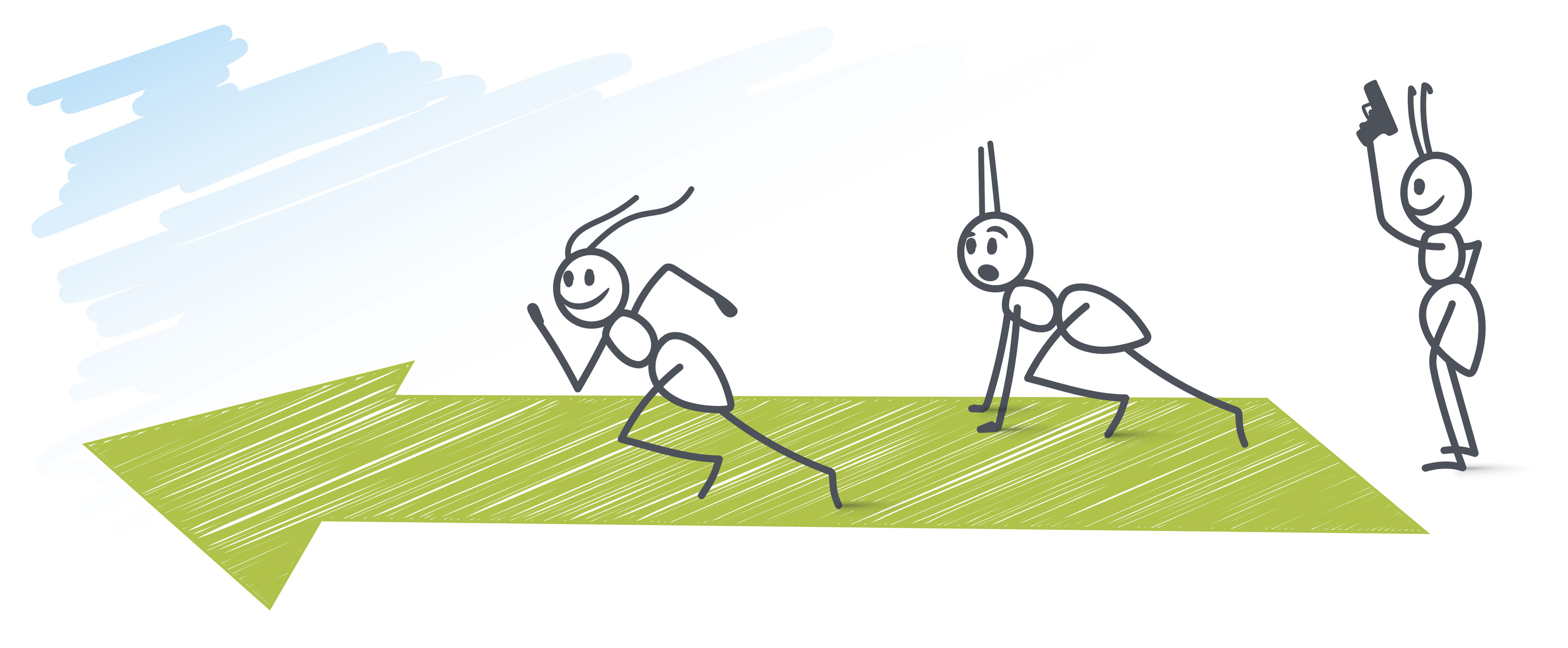
“We are gonna go down to Nashville on Friday, you in?” my friend asked. “Nah, I’m going to be too tired.” My friend laughed because it was Tuesday and I already knew I was going to be too tired on Friday. My first year out of school was a difficult one. I loved what I was doing, but it took every ounce of my energy to continually deliver high quality treatment. By Friday, I was exhausted.
I skipped gym workouts, struggled to read anything new, and spent my nights and weekends recharging for the week ahead. I was happy and fulfilled, but I was often mentally and physically tired at the end of the day and especially at the end of the week.
But today, I still have mental energy left in the tank after my last patient. I feel energized in the morning and I still have more to give at the end of the day. Some of that increased capacity developed naturally with experience, but most of the improvement in my performance has come with trial and error.
I recently finished Peak Performance and wish it had come out sooner. While the book focused on productivity in athletics and creative ventures, a lot of the concepts can be used in physical therapy. We can apply them to reach our peak PT performance capacity.
Single Tasking
Multitasking feels good. We feel like we are being productive and we feel like we are getting more done. But, are we? No. Not even close. Not only does quality suffer, but so does quantity. Only 2.5% of the population can effectively multitask. The rest of us (97.5% of those reading this) suffer from multitasking either with the amount we get done or the quality in which we do it.
PT Application: If we check our phones, email, or Facebook when we are with patients then we are multitasking. We lose time switching between tasks and we utilize our mental energy in doing so. Save checking these things until lunch or a break.
Routine
Sometimes I’d get to work 45 minutes early, sometimes 15 minutes early. Sometimes I would do notes, sometimes I would talk to coworkers. Sometimes I’d drink coffee, sometimes I wouldn’t. I was so unpredictable with my morning routine and the only thing that told me it was time to start my day was when a patient would arrive.
If you watched Michael Phelps prior to his Olympic races, you’d notice he always did the same thing. His warm-up routine, his play list, and the way he would swing his arms was always identical. Is this superstition? No, this is a ritual. Doing all of these things prior to a big competition helps to get him in the zone.
PT Application: A ritual or routine helps us create predictability and find comfort in any situation. Do the same thing before work everyday. This will get your mind and body ready to work with patients all day.
Eliminate Decisions
Making choices depletes our mental reserve. The more things we have to decide, the more it drains us. A study had one group of participants make repeated decisions on seemingly unimportant things- choose between colors of t-shirts, different brands etc. The other group did not participate in decision-making. The decision-free group out performed those making decisions in tasks of stamina, self-control, and problem solving.
PT Application: When I was a new PT, my evaluation skills were unrefined. As I developed a more systematic way of evaluating patients (for me the systematic way was and still is the SFMA), I greatly reduced the amount of decisions I had to make by acting intentionally. Having a set way of performing an evaluation allows us to make decisions only when our assessment guides us there. A methodical approach reduces unnecessary decisions and thus increases the amount of energy we have left for deciding on an individualized treatment plan.
Go For a Walk
Walking increases creativity and problem-solving. A study from Stanford found that people that take a walk in nature score 60% higher on a creative assessment than those who remained at their desk. People that walked on a treadmill still scored 40% higher than those that didn’t walk at all.
PT Application: During any given workday, I get 1500-3000 more steps than my workers. At first I thought this was an error of my fitbit (it still may be), but I noticed how often I went to get things. It wasn’t until reading this study that I realized why. I form ideas when I walk to go grab a theraband, reflex hammer, cocoa butter or whatever else I may need. Unfortunately, we cannot do a lap outside when we are needing a boost in creativity. We can, however, walk to go get something.
Physical therapy can require a fair amount of energy expenditure. But, small changes in the clinic can make huge gains in our treatment. Preserving mental energy with certain tasks allows us to expend more where it is truly needed- our patient care.
How much of your tank can you save?